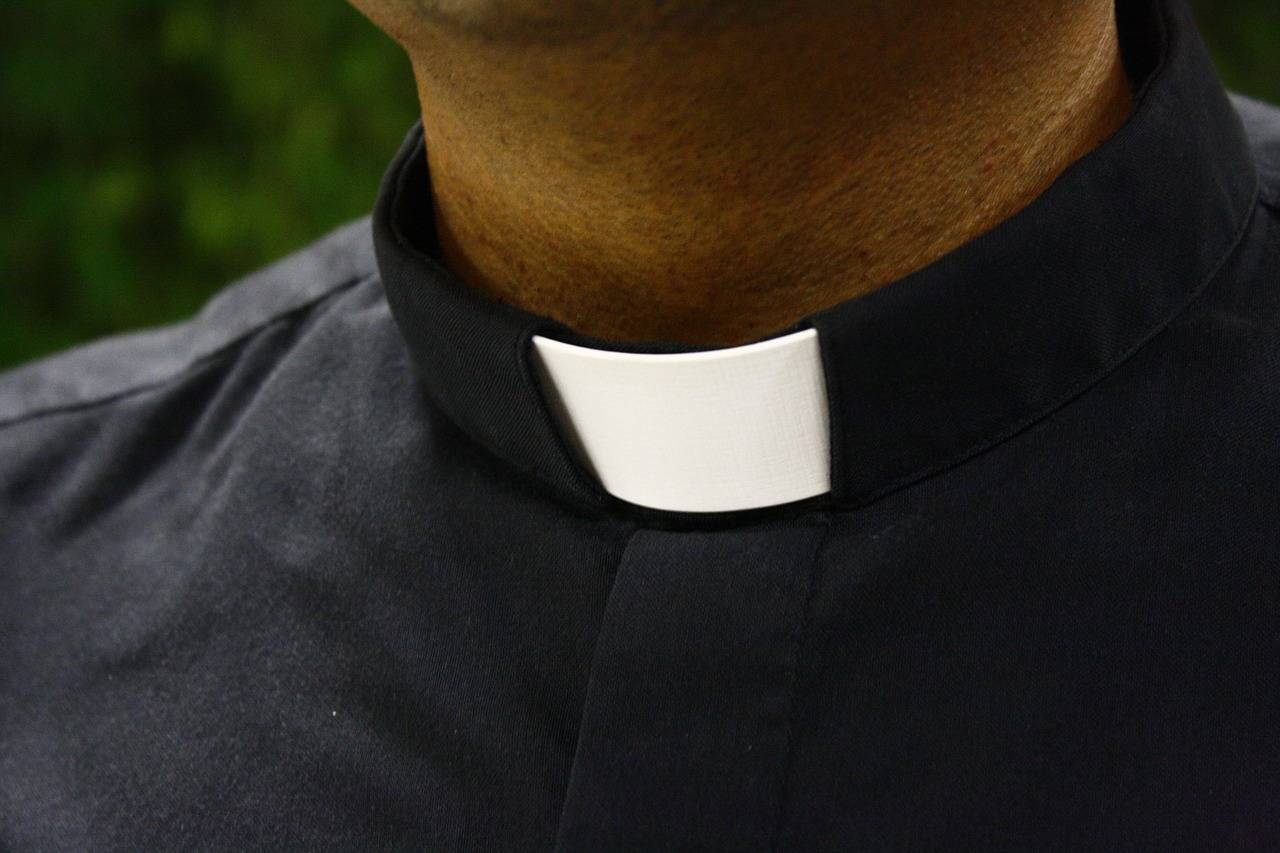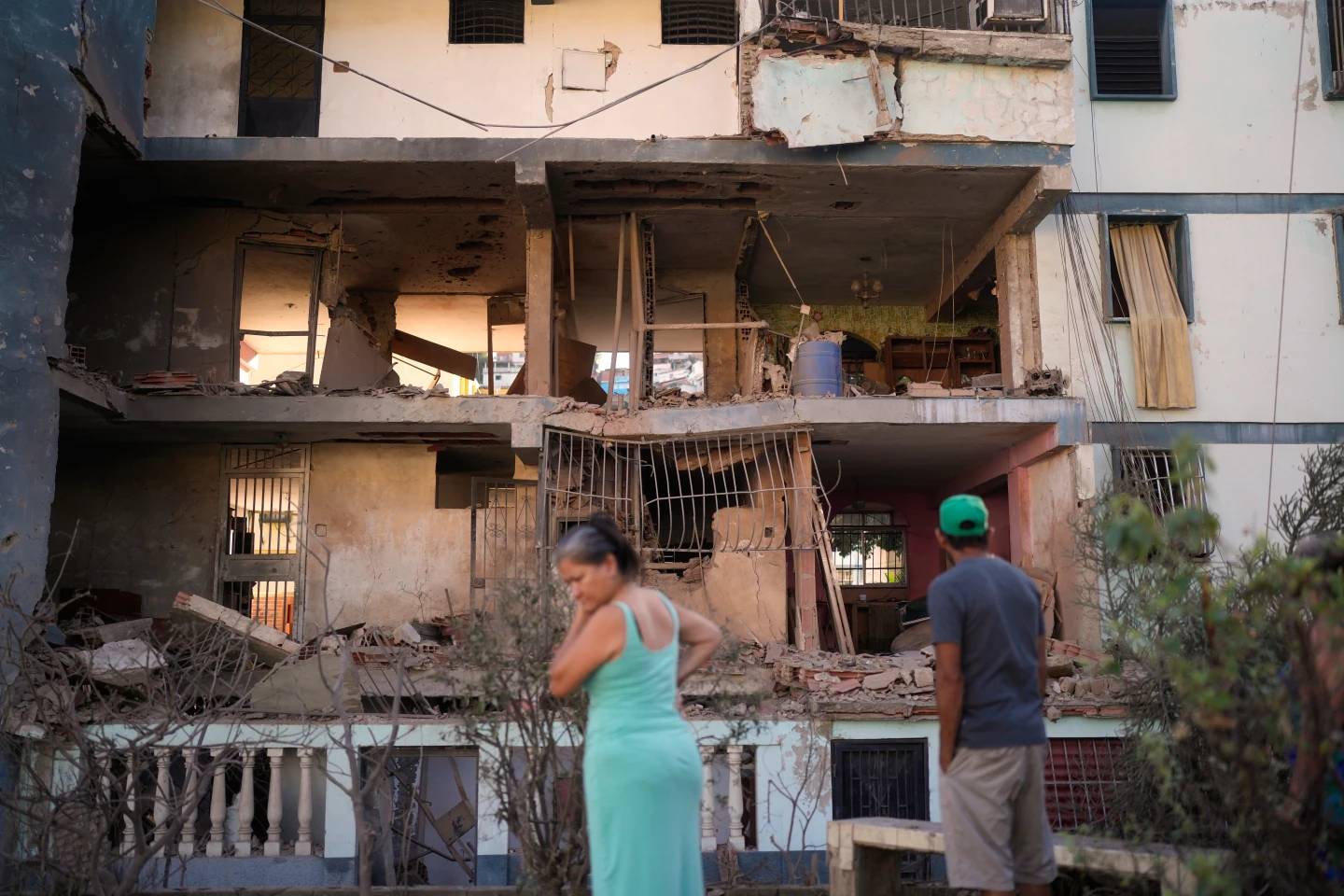ROME – At a time when many are eager to see more implementation of Pope Francis’s recent norms for bishops’ accountability, the Canadian bishops have rolled out a new online reporting system where complaints, either of sexual abuse or coverup, against the Church’s shepherds can be made.
On May 6, the Canadian Conference of Catholic Bishops launched a new bilingual service in English and in French for reporting “situations of sexual abuse either committed or covered-up by a bishop.”
According to a statement issued by the bishops Thursday, the new online service “furthers their commitment to responsibility, accountability and transparency in matters of clergy sexual abuse and their commitment to facilitate healing and justice for victims-survivors.”
Called the “Canadian Reporting System for Sexual Abuse or Cover-up by a Catholic Bishop,” the new system is being touted as a direct response to Pope Francis’s 2019 motu proprio, or legal edict, Vos estis lux mundi, drafted after a global bishops’ summit on child protection following the scandal surrounding American former priest and cardinal Theodore McCarrick.
Among other things, Vos Estis enforces mandatory reporting of sexual abuse to Church authorities, including allegations against bishops and cardinals.
So far, Vos Estis has been celebrated by Vatican officials and child protection experts as a major step forward for the Catholic Church in terms of addressing not only the crime of abuse, but the coverup.
However, as with other Vatican rules such as Come Una Madre Amorevole (CUMA) – another motu proprio issued by Francis in 2016 dealing with bishops accused of negligence in handling abuse complaints – skeptics are waiting for the implementation, arguing that just writing more rules does nothing if they are not applied.
It’s been two years since Vos Estis was issued, yet there are few examples of this new law being applied in concrete cases.
One of those cases was when Auxiliary Bishop Joseph Binzer of Cincinnati stepped down from his post in May 2020 after being accused of failing to report the suspicious behavior of a priest removed from ministry.
Although not mentioned in the statement, a Vatican source confirmed to Crux at the time that Binzer had undergone an investigation according to the norms of Vos Estis, resulting in his resignation.
Earlier this year, Bishop Michael J. Hoeppner of Crookston resigned April 13 after a nearly two-year investigation into allegations of mishandling accusation of clerical abuse, marking the first such investigation of a standing US bishop under Vos Estis.
If taken advantage of, the Canadian bishops’ new system could signal an important step forward for the Church in terms of practicing what it preaches.
In their May 6 press release, the Canadian bishops noted that one specific request in Vos Estis is that eparchies and dioceses throughout the world establish “one or more public, stable and easily accessible systems for submission of reports.”
“With Vos estis lux mundi, the Pope indicates what procedures must be followed in the universal Church when allegations are made against a bishop. In doing so, he updates, clarifies, and standardizes practices around the world,” the bishops said, insisting that the new system provides “an additional level of accountability for Church leadership in Canada” alongside guidelines already been in place for accusations against priests, deacons, religious, and laypeople with a specific church mandate.
The new system was developed by ClearView Strategic Partners, described by the bishops as “a Canadian provider of an independent ethics reporting and whistleblowing platform.”
ClearView reportedly designed the reporting system to comply with the specific requirements and procedures spelled out in Vos Estis.
According to the bishops, the system is designed “to receive and transmit to the proper Church authorities” accusations of sexual abuse, sexual harassment, possession of child pornography, or coverup by Catholic bishops in a confidential way, allowing people to report anonymously if they choose.
Asked which Church authorities receive the complaints, a spokesperson for the Canadian bishops’ conference told Crux explained that reports submitted through the new system will be “received and assessed by a limited number Church authorities,” which consist of “authorized reviewers” selected according to the criteria of Vos Estis.
That means metropolitan bishops and their “assistant reviewer” will be sent reports concerning a bishop, active or retired, living in their ecclesial territory, apart from eparchial bishops, who have their own system, but follow the same rules.
If a complaint is made about the metropolitan bishop, the senior suffragan bishop of the ecclesial province will receive the report. Likewise, the Vatican’s ambassador to Canada, called a papal nuncio, will be sent all reports concerning the Metropolitan Archbishop of Saint Boniface and the Archbishop of Winnipeg, “because they are immediately subject to the Holy See,” the spokesperson said.
The nuncio will also receive the complaints made about any bishop who, after serving in Canada, moved to another country, as well as several eparchial bishops belonging to the Eastern Churches in Canada.
The system is financed by the Canadian bishops and is accessible via its website or a toll free number provided on the bishops’ website, which operates 24 hours a day, 7 days a week, 365 days per year in English and in French.
In terms of contact with civil law enforcement, the spokesperson said every individual who makes a complaint in the new system “has the right to contact local police and/or child protection services, and is legally required to do so if a minor is in danger per the laws of each Canadian province and territory.”
If a report is made about a minor in danger, the Church authority who receives the complaint “will also share the report with the local police and/or child protection service in accordance with the law,” the spokesperson said.
In order to ensure the process the new system follows is completely in line with Vos estis requirements, the spokesperson said the General Secretariat of the Canadian bishops’ conference consulted with Vatican authorities on the procedures and requirements outlined in Vos estis “to ensure conformity with the development of the system.”
ClearView itself had not contact with the Vatican, however, “it designed the system according to the ecclesial requirements,” the spokesperson said.
In their statement, the Canadian bishops condemned “the sin and crime of sexual abuse in the strongest possible terms,” insisting that “No one should ever have to endure the pain, humiliation, and long-term suffering it causes, nor should anyone have to doubt that serious consequences await a perpetrator of sexual abuse or cover-up.”
“With this reporting system, the bishops make themselves accountable to live with integrity and to address reports of sexual abuse according to Church and civil law,” they said, voicing their solidarity with survivors of abuse and their grief.
The bishops expressed their regret for abuse committed by bishops, priests, deacons, religious, and laypeople and its effects, and voiced their desire “to reach out and accompany victims-survivors along the path that restores justice and promotes healing.”
Follow Elise Ann Allen on Twitter: @eliseannallen
















